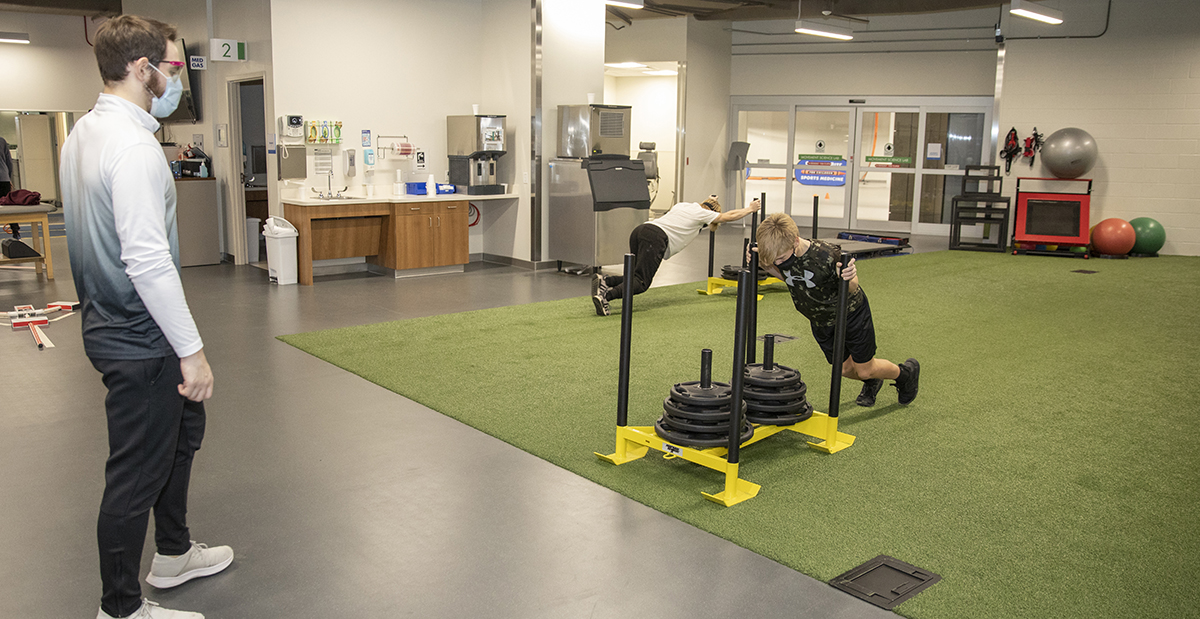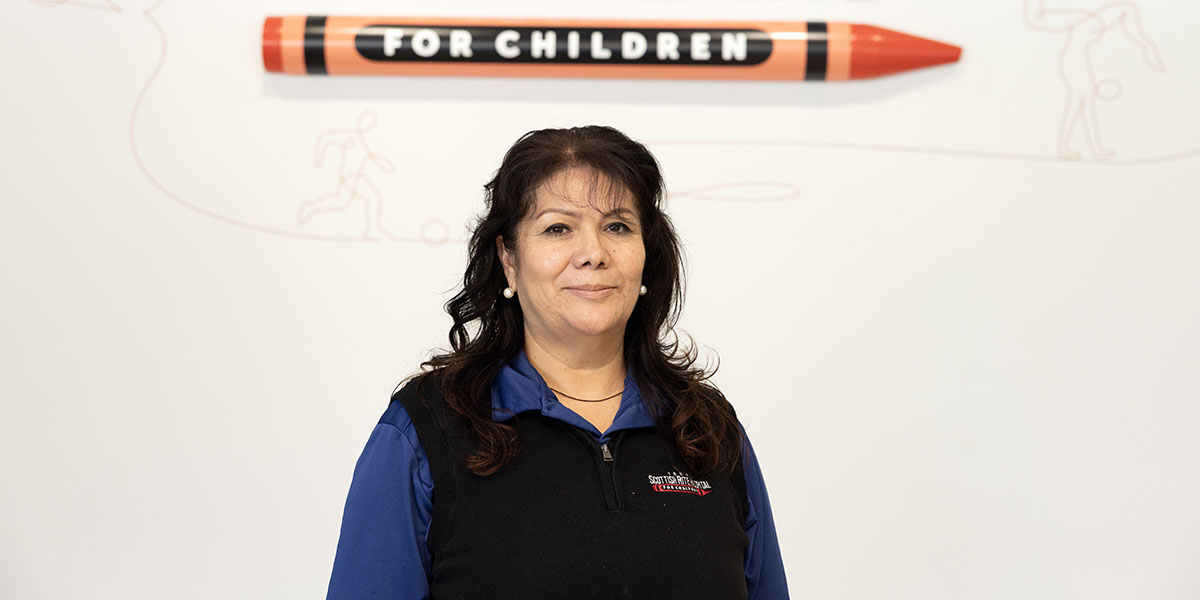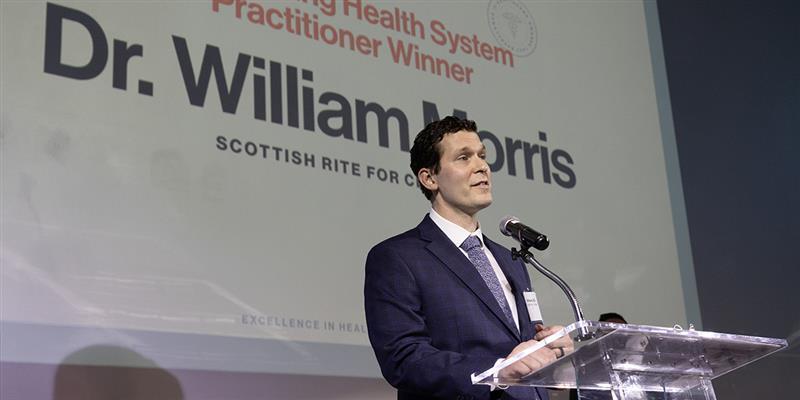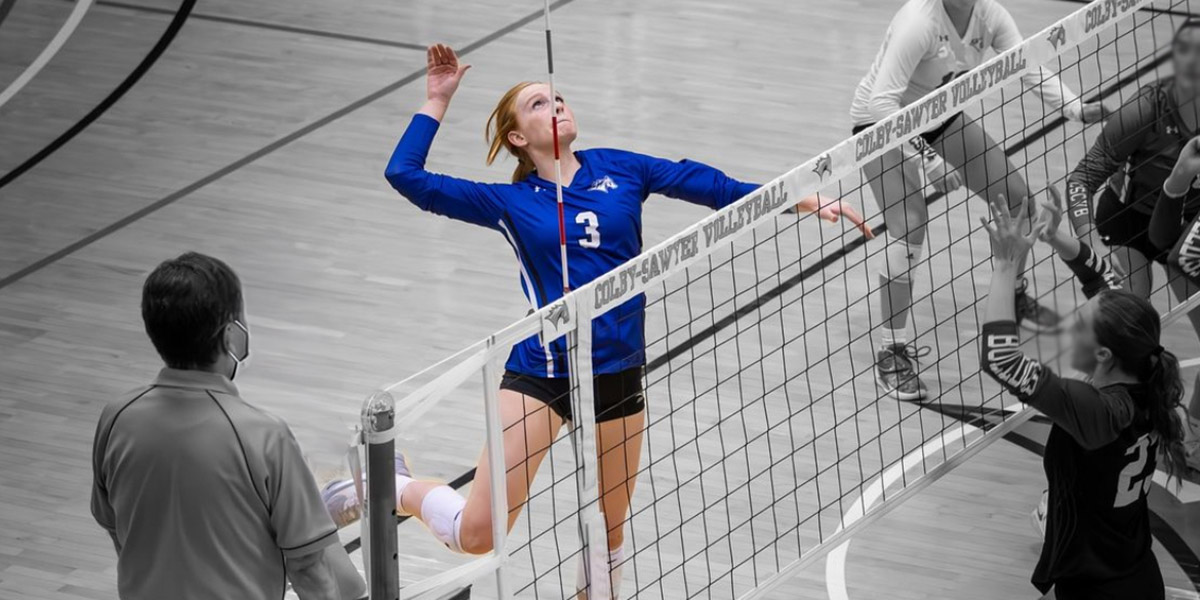Who should participate in a bridge program?
Growing muscles, joints, and bones in boys and girls are at an increased risk of injuries from improper training and repetitive activities that occur in baseball and other sports. After recovery from an injury and discharge from physical therapy, all athletes would benefit from a strength and conditioning program to balance sport-specific training sessions. An athlete with a current injury should not start a bridge program without activity clearance from the medical provider.
What is a bridge program?
A bridge program is a series of group training classes led by a certified strength and conditioning coach. The coach evaluates the athlete’s movement patterns and provides instruction while supervising specific exercises with proper repetitions, resistance, and rest. Activities range from general strength and conditioning to sport simulation activities that are age- and task appropriate for each athletes. Education to complement the physical activities includes nutrition and hydration information for young athletes.
When is a bridge program appropriate?
A bridge program is most effective when it closely follows rehabilitation closely. Because poor movement patterns are associated with growth and increased injury risk, an ongoing or periodic conditioning program provides value to the young athlete at any point. The instructor must have a solid understanding and commitment to off-season periodization. Periodization is selecting the appropriate type of intensity of training based on the sports season.
For example, for baseball players, three seasons are considered:
- Off-Season: August – November
- Pre-Season: December – February
- In-Season: March – July
Periodization becomes more difficult when athletes participate in a single sport year-round which is also associated with an increased risk of injury.
Where can an athlete participate in a bridge program?
The program should be implemented in a setting where there is access to equipment for the young athlete to train in a safe environment. For example, an at-home exercise program may have limitations for the athlete because they do not have enough space to perform their activities with the needed equipment. Additionally, proper supervision is important, both the ratio of participants to instructors and the qualifications of the instructors must be considered.
Why should young baseball players participate in a strength and conditioning program?
Physical therapy typically focuses on the specific impairment or limitations caused by the injury or condition. Though sports-focused therapists integrate total body treatment throughout, the sessions may end long before the body is back to normal. Most home exercise programs revolve around continued, supervised resistance training. Young athletes have limited access to well-trained instructors that consider total body conditioning, growth and development, skill acquisition, seasonal periodization, and individualized effective strengthening prescription. When left on their own, athletes are at an increased risk of a new injury or re-injury when they return to sport specific regimens of practice, games, tournaments, coaching clinics, and self-guided training.
Scottish Rite for Children in Frisco is offering training classes to former patients, Contact our Therapy Services team at 469-515-7150 or [email protected].
Learn more about Osteochondritis Dissecans (OCD) in the Elbow.














